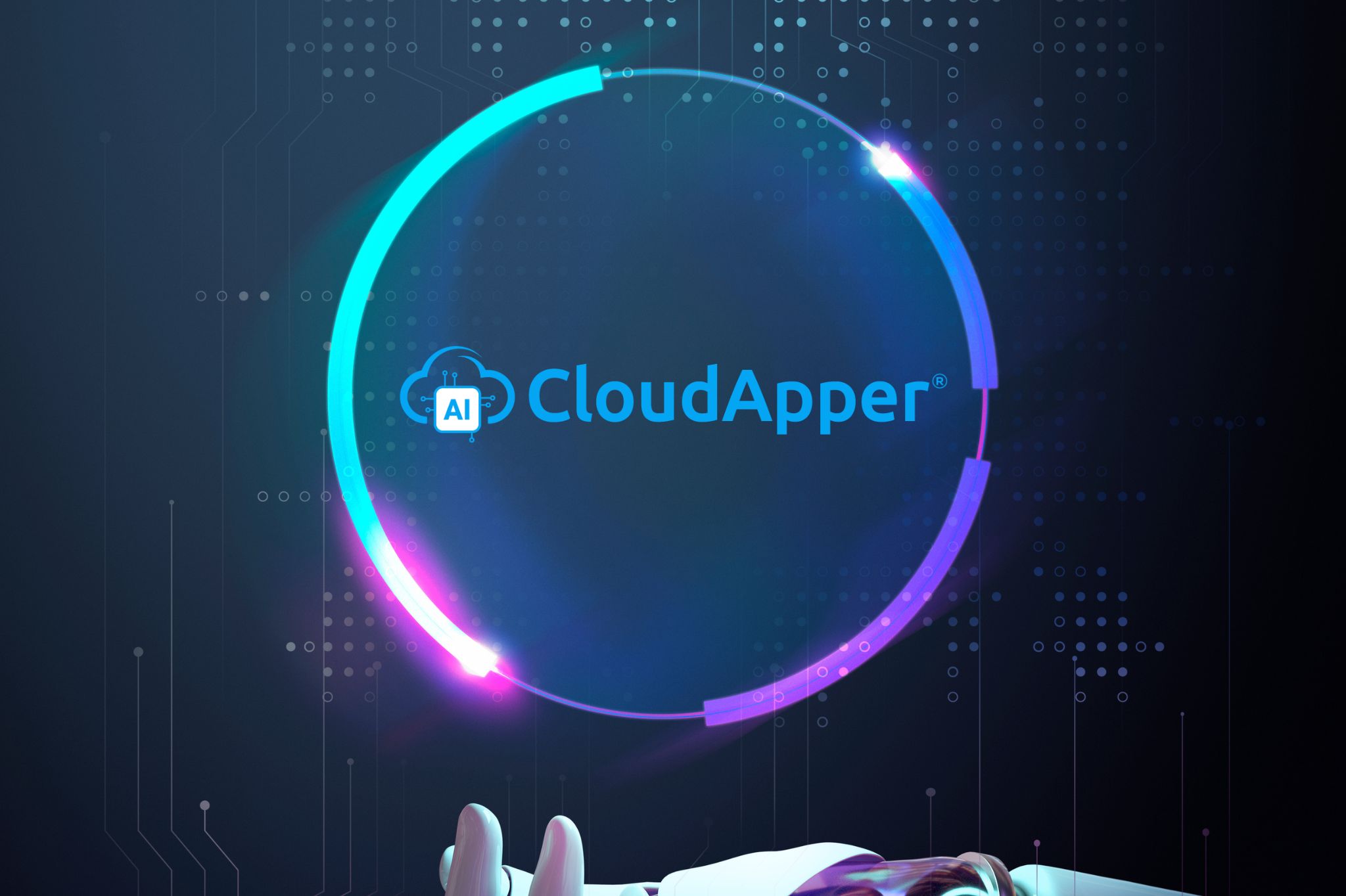What drives a business? Their products? Services? Or is it their reputation? While these are all crucial, the answer is their IP. Intellectual property and data are vital for the success of a company. A company’s strategies, processes, recipes, and contacts are all part of the driving force that propels the company forward and toward further success. With this in mind, we can begin to understand why data migration must be seamless, whether companies transfer data from a legacy system to a data repository or cloud-based system, such as CloudApper. Due to the importance of the asset, they must ensure the migration is free of any potential problems.
What is Data Migration?
Data migration can be defined simply as the process of moving data between systems. This straightforward process involves an exchange between databases and applications that store the data.
From a business context, this means that a company’s data is extracted from a storage location and uploaded to another.
Data migrations can occur within a company for several reasons. For example, a company may be switching from an older legacy software system to a newer cloud-based software system, or the company has merged with another company and is required to collate all the data under one platform.
No matter the reason for the data migration, the goal is always to ensure that the migration is completed in a seamless process. A poorly planned and executed data migration can lead to several problems, such as data redundancies or even data loss.
Best practices for data migration
With a better understanding of what data migration is, and the importance of the process, we can now look at some of the best practices companies can adopt to ensure a successful migration.
- The first step before beginning a migration is to ensure that all of the company’s data is backed up successfully. Data is vital, and if something were to go wrong during the migration process, then your business can be assured that there will still be a copy of the original set of information. The backup data must be tested so that employees are certain of its accuracy before continuing.
- Once a business is sure that its data is securely backed up, it can begin the transfer process. Adhering to a strategy is vital. While transferring data may seem simple, it can become a long process. Whether your data is being transferred in one large batch, or continuously alongside other work activities, adhering to the plan will result in fewer issues.
- Consistently monitor. Monitoring the process as it occurs will allow your company to pick up any problems as they arise. This will allow for them to be corrected immediately rather than growing worse with time. Monitoring does not stop after the transfer has concluded. A thorough review of the data must be done by the company. The reason for the review after the completion of the transfer is to ensure that all the data has been transferred correctly and that it is accurate.
Conclusion
When adopting CloudApper as your preferred software system, scaling your business up, or choosing a new data storage warehouse, your company will be required to migrate its data. By implementing CloudApper, in conjunction the suggestions above, will provide companies with a foundation to ensure data transfer success and efficient operations.
What is CloudApper AI Platform?
CloudApper AI is an advanced platform that enables organizations to integrate AI into their existing enterprise systems effortlessly, without the need for technical expertise, costly development, or upgrading the underlying infrastructure. By transforming legacy systems into AI-capable solutions, CloudApper allows companies to harness the power of Generative AI quickly and efficiently. This approach has been successfully implemented with leading systems like UKG, Workday, Oracle, Paradox, Amazon AWS Bedrock and can be applied across various industries, helping businesses enhance productivity, automate processes, and gain deeper insights without the usual complexities. With CloudApper AI, you can start experiencing the transformative benefits of AI today. Learn More

















